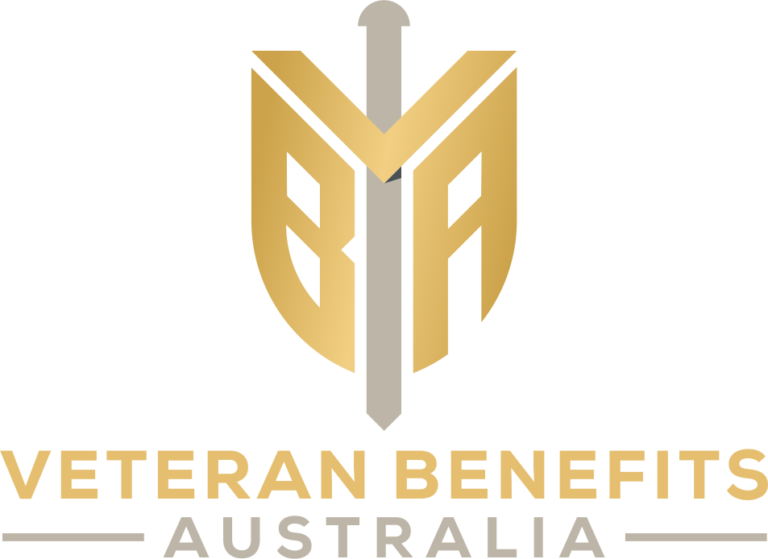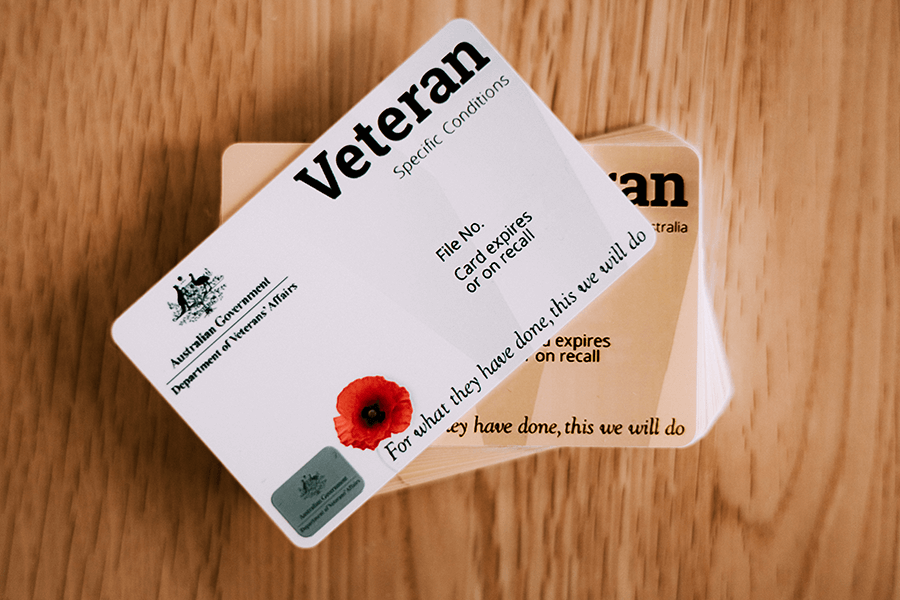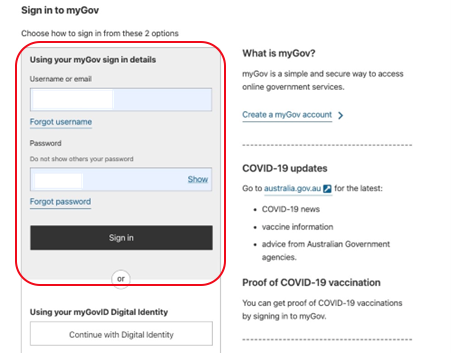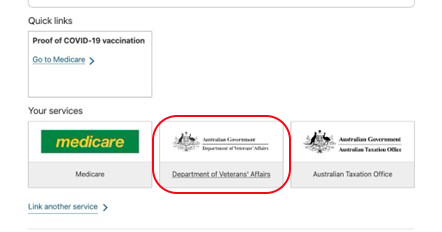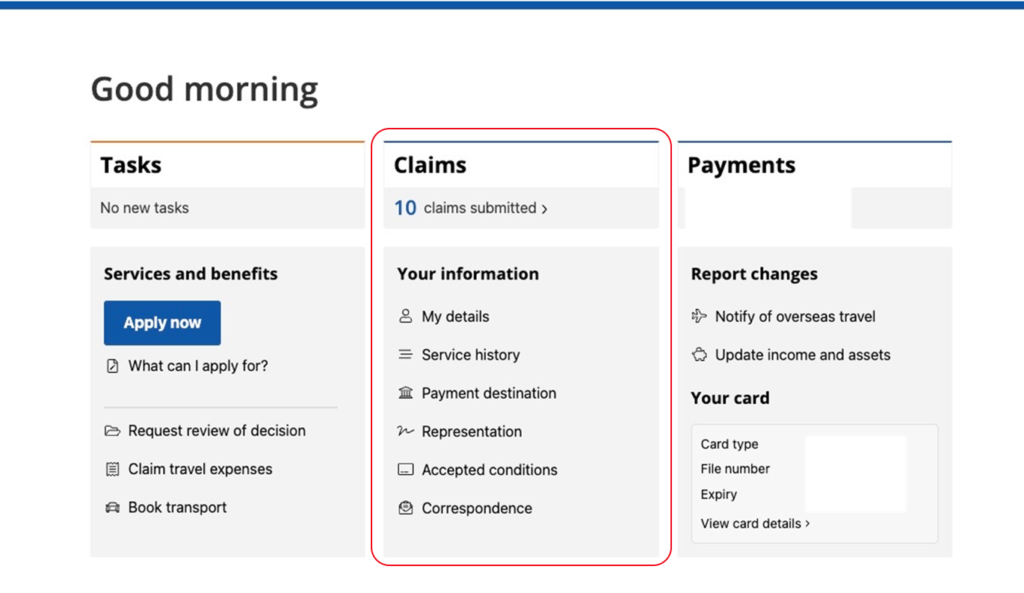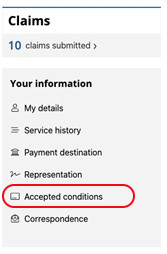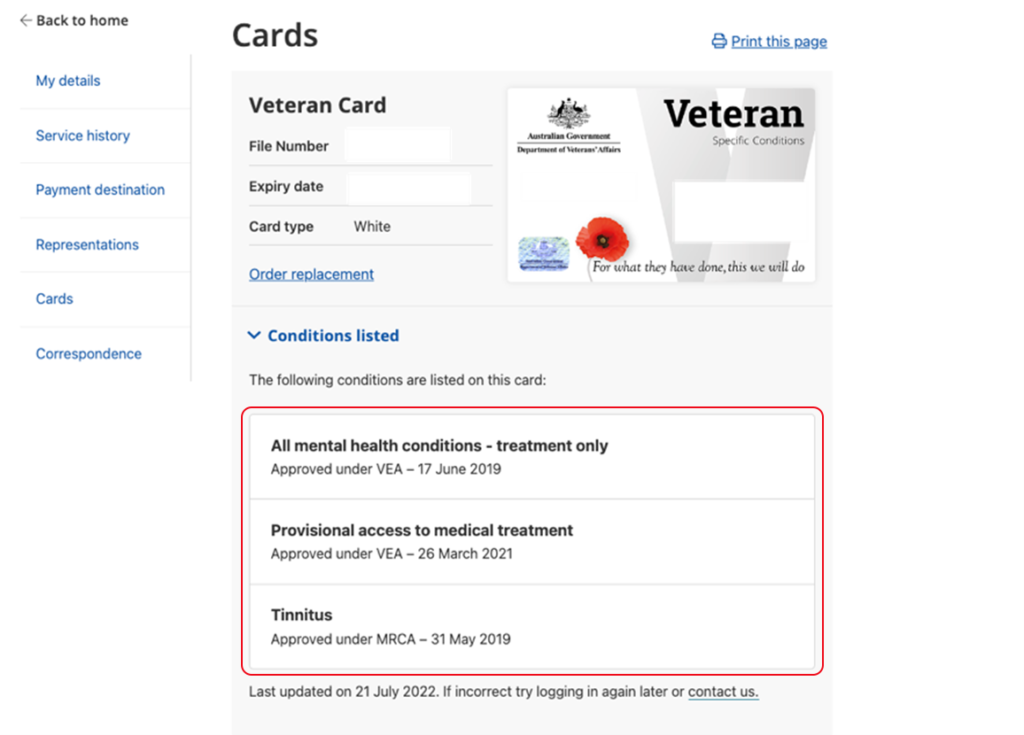Overcome social anxiety with our practical tips and strategies designed to help you cultivate confidence and navigate social situations with more ease.
Social anxiety. It’s a mental health term many of us have heard of and most likely personally experienced at one point or another. But what actually is social anxiety? Is it not liking crowds or feeling shy? Or is it something more?
What is Social Anxiety?

Social anxiety isn’t just the occasional nerves or butterflies in your stomach before a big presentation. It’s a fear that others will judge, embarrass, or reject you. It’s that overwhelming worry that stops you from raising your hand in class, the dread you feel before a social gathering or the concern that any tiny mistake might lead to humiliation.
Social anxiety is one of the most common mental health conditions around, and it can creep up on you in all sorts of seemingly mundane, everyday scenarios — making small talk at a party, interacting with strangers, or even eating in front of others. For some people, it can be so intense that they avoid social events completely or go through them so stressed that they find it hard to focus on anything else.
Here are some of the signs and symptoms of social anxiety:
- Fear or embarrassment
- Self-isolation
- Blushing or sweating
- Avoiding eye contact
- Low self-esteem or confidence
- Trembling or pounding heart (palpitations)
- Nausea
- Difficulty conducting normal activities when you feel like others are watching
- Worry about everyday social activities including making phone calls, meeting strangers, or starting conversations
- Avoidance of social activities like gatherings, group conversations or eating and socializing with others
- Fear of judgement or criticism
- Panic or anxiety attacks
Social Anxiety vs Social Anxiety Disorder
Back to the analogy of the butterflies in your stomach (that nervous feeling you get before a big speech or a first date). It’s a common experience we’ve all felt, and usually, it’s tied to a particular event that eventually fades away when the event has passed.
Social Anxiety Disorder is different. It’s as if those butterflies have gone into overdrive and they don’t go away. It’s more than just feeling shy or nervous. Folks with SAD often feel overwhelmed with worry about being embarrassed or judged. It can creep into everyday life, messing with work, school, and relationships, and making it hard to function.
In short, while social anxiety is a common experience for many people, social anxiety disorder is a recognized mental health condition that requires treatment. If you feel like your anxiety is ruling your life, don’t hesitate to contact a mental health professional.
8 Strategies To Help You Overcome Social Anxiety
Tackling social anxiety isn’t like flipping a switch. It takes time, patience, and practice. Here are nine strategies to help you overcome social anxiety:

1. Identify Your Triggers
The first step to managing social anxiety is understanding what sparks it. Triggers can be unique to each person. Some might find large gatherings intimidating, while for others, it might be public speaking. To identify your triggers, keep a journal of your feelings and the situations that make you anxious. Recognizing these triggers is a crucial step in managing your reactions to them.
2. Practise Public Speaking (yes, really!)
Public speaking is a common fear, even for those without social anxiety. The spotlight effect— the belief that everyone is focused on you —can magnify this fear. Try joining a public speaking group or practising in front of a mirror or a small group of friends. It might sound terrifying, but the more you do it, the more comfortable you’ll become.
3. Shift Focus From Yourself To Others
Often, social anxiety is driven by a fear of being judged. We may become hyper-focused on ourselves, believing our every move is under scrutiny. Shifting your focus to others can help. In social situations, concentrate on the conversation and the people around you. Ask questions and show genuine interest in the responses. This shift can reduce feelings of self-consciousness and ease social anxiety.
4. Learn To Control Your Breathing
Ever noticed how your breath becomes shallow when you’re anxious? Deep breathing exercises can be a real game-changer. When you’re feeling anxious, take a few moments to close your eyes and focus on your breath. Try the ‘4-7-8’ method: breathe in for a count of 4, hold for 7, and exhale for 8. You’d be surprised how calming this can be.
If you’d like a guide, try Jay Shetty’s Anchoring with the Breath.


5. Challenge Negative Thought Patterns
Social anxiety can have us jumping to worst-case scenarios. Practice challenging these thoughts. Ask yourself:
- “Is this thought based on facts or feelings?”
- “What’s the best thing that could happen?”
Replacing negative thoughts with positive ones can help reduce feelings of anxiety.
For more on mindset, learn to Train Your Mind with Lebron James.
6. Try Relaxation Techniques
Relaxation techniques, like progressive muscle relaxation or visualisation, can help manage anxiety symptoms. Try using Calm’s guided meditations and grounding exercises to help you feel more peaceful and grounded. This should ease social anxiety.
7. Cultivate Self-esteem
Working on your self-esteem can help manage social anxiety. Set yourself achievable goals, celebrate your achievements and practise self-compassion. And continue to remind yourself of your humanness. You’re not a machine, and it’s okay to have off-days.
8. Seek Professional Help
Sometimes, we need a little extra help. If your social anxiety feels overwhelming, consider seeking support from a mental health professional. They can provide tailored strategies and treatments to help you manage social anxiety.

5 Ways To Flex Your Social Skills And Ease Social Anxiety
Social skills are a bit like muscles. The more you use them, the stronger they get. And when it comes to easing social anxiety, giving these ‘muscles’ a workout can really make a difference. Here are five tips to help you do just that.
1. Express Yourself And Share Experiences
Ever find yourself feeling like you’re on the outside looking in? Sharing personal experiences can bridge that gap. Start small. Share your thoughts about a movie you recently watched or a book you’ve read. Not only does it open up avenues for conversation, but it also lets people get to know you better. Gradually, you’ll find sharing more personal experiences and opinions easier. And if you’re not convinced, explore the ‘beautiful mess effect’.
2. Venture Into Unexplored Territories
Stepping out of your comfort zone is no easy feat, but it’s where the magic happens. Take small steps. Join a book club, volunteer at a local charity, or start a new hobby. You’ll meet new people, learn new skills, and gain confidence in your abilities.
3. Embrace New Adventures and Opportunities
Every social interaction is a chance to learn and grow. So, the next time you’re invited to a casual hangout or a networking event, try saying ‘yes.’ Begin by setting small, achievable goals, like staying at the event for a specific amount of time or initiating conversation with at least one person. And remember, you can always have an exit plan in your back pocket to help you leave whenever you need.
4. Try Surrounding Yourself With People Who Embody A Growth Mindset
The people around us can have a significant impact on our mindset. Surrounding yourself with positive and supportive people can do wonders for your confidence. These are the folks who uplift you, believe in you, and remind you of your worth, even on your toughest days.
5. Join a Support Group
Support groups provide a platform to connect with others who are navigating the same challenges. Sharing experiences and coping strategies can provide comfort, reduce feelings of isolation, and help you navigate your journey. Many online platforms offer a variety of support groups, which you can join from the comfort of your home.
Cultivating social skills is a process so taking it one baby step at a time is okay. And don’t forget to celebrate your progress. Those small wins all add up.
How Mindfulness Can Soothe Social Anxiety
Mindfulness, the art of being fully present and engaged in the current moment, can be a powerful tool to manage social anxiety. Why? Because when we’re mindful, we’re not worrying about that thing we said last week or that presentation we have to give tomorrow. We’re focused on the here and now. Sounds peaceful, doesn’t it? Here’s how you can add a pinch of mindfulness to your life:
Start a Mindfulness Practice

Dedicate time each day to practice mindfulness. It could be as simple as paying attention to the sensation of your feet touching the ground or noticing the taste and texture of your food. Taking just a few minutes to sit quietly and focus on your breathing can be a great start, too. Pay attention to how the air feels as it enters and leaves your body, and try to let go of any distracting thoughts. This practice helps train your mind to focus on the present moment rather than worrying about past or future social interactions. If you’d like some help getting started, try Mindfulness for Beginners with Jeff Warren.
Be Patient With Yourself
Mindfulness is a skill, and it takes time to develop. If your mind starts to wander, don’t stress. It’s completely normal. Each time it happens, simply bring your focus back to the present moment.
Lean on Tools and Resources
The Calm app offers a range of guided mindfulness meditations tailored for different levels of experience and various aspects of life, including stress and anxiety management. With just a few minutes of meditation each day, you can cultivate a mindset that helps you better manage your social anxiety.
Engage in Mindful Activities

Mindfulness doesn’t have to be limited to home or meditation. You can incorporate it into everyday activities too. In fact, it’s even better if you do. Try taking a mindful walk, fully immersing yourself in the experience of moving, breathing, and noticing the sensation of the ground beneath your feet and the sounds and sights around you.
Practice Mindfulness In Social Situations
When you feel anxious in a social situation, focus on breathing or engage your senses to ground yourself in the present moment. This can help reduce feelings of anxiety and make social interactions more manageable.
Your questions on social anxiety answered!
Q: How can I reduce my social anxiety?
Reducing social anxiety might feel like a Herculean task, but it is achievable. Begin by understanding your triggers, those specific situations that make your heart race. Practice calming techniques like deep breathing exercises when you feel anxious. Gradually expose yourself to social situations, starting small and building up over time. If you’re struggling, seek professional help. That’s what they’re there for.
Q: What are 5 coping skills for anxiety?
Feeling anxious? Here are five coping skills you might find helpful:
- Deep Breathing: Your breath can become your anchor when anxiety kicks in. Deep, slow breathing can help calm your mind and body.
- Grounding Techniques: Engage your senses to connect with the present moment. What can you see, hear, touch, smell, or taste right now?
- Mindfulness: Be in the present moment. Let go of past worries and future anxieties. The Calm app has some great resources for this.
- Self-Care: Never underestimate the power of a good night’s sleep, a balanced meal, and some physical activity. They’re your shield against anxiety.
- Positive Affirmations: Self-talk matters. Encourage yourself with uplifting and positive affirmations.
Q: What Triggers Social Anxiety?
Social anxiety triggers can vary from person to person. For some, it’s public speaking or being the center of attention. For others, it’s meeting new people, talking on the phone, or even just being watched while doing something. Identifying your own triggers is the first step toward managing your social anxiety.
Q: What are 3 Symptoms of Social Anxiety?
Symptoms of social anxiety can be both physical and emotional. Physically, you might experience a racing heart, sweating, or trembling. Emotionally, you may have intense fear or dread before social situations, worry a lot about embarrassing yourself, or feel self-conscious in front of others. Remember, these symptoms can vary greatly from person to person.
